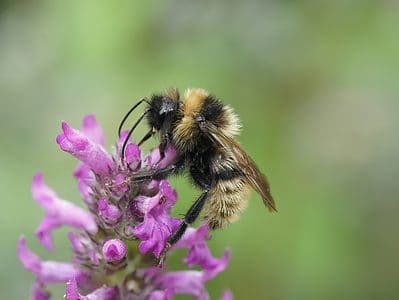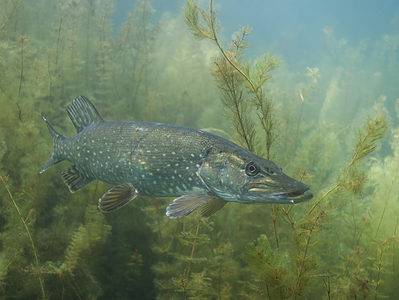Below you can find a complete list of Kaliningrad animals. We currently track 171 animals in Russia (Kaliningrad Oblast) and are adding more every day!
The Kaliningrad Oblast is a unique component of the Russian Federation. It is the only part of it that is not contiguous with any other part and is thus often referred to as the Kaliningrad enclave. From a historical perspective, it is not really Russian at all but rather Germanic.
At the close of World War II, the German province of East Prussia was divided up between Poland and the USSR, with this northeastern section given to Russia primarily to enable it to have a year-round ice-free port in the Baltic Sea. It is home to a large number of Russian military bases and is thus not the best place to be wandering around the countryside with a camera in hand.
The Official National Animal Of The Kaliningrad Oblast
There is no official national or state animal of the Kaliningrad Oblast. With regard to its ancestral German heritage, the Black Eagle of Prussia would be its national symbol. Times change, however, and it is now the Russian Bear that stands as an avatar for the area.
Where To Find The Top Wild Animals In The Kaliningrad Oblast
Quite by chance, the acquisition of Kaliningrad in 1945 also gave Russia access to its unique and long-established Tiergarten or zoo. This zoo is actually the oldest one in existence in all of Russia and offers a wide selection of indigenous wildlife exhibits. Beyond that, Kaliningrad is famous for a series of long sand spits that shelter coastal lagoons from fierce Baltic storms. These are great havens for wildlife, particularly migratory and coastal bird species.
Further inland, the area is covered in dense primeval forests that were once set aside as hunting preserves for Prussian, and later German, royalty, and aristocracy.
The Most Dangerous Animals In The Kaliningrad Oblast Today
The most dangerous animal in the area is probably the big Gray Wolf, although it tends to stay deep within the large forest tracts far away from any human contact. The same can be said of the European Brown Bear, which also calls this region home and often regarded as dangerous.
Endangered Animals In The Kaliningrad Oblast
The most well-known of the endangered species of this area is also one of Europe’s greatest success stories. The nearly extinct European Bison, which is a unique species in comparison to its near cousin, the American Bison or Buffalo. These have been gradually reintroduced in many of the countries fringing the Baltic Sea, such as Poland, Lithuania, and of course the Kaliningrad Oblast, which is sandwiched between the other two.
Several bird species are also considered to be endangered, including the Spotted Eagle, the Peregrine Falcon, and the European Eagle Owl. Also worth mentioning in its journey back from being almost extinct is the big European Beaver, which lives in the marshlands of the area.
Kaliningrad Animals

Admiral Butterfly
Stunningly beautiful wings

Ant
First evolved 100 million years ago!

Armyworm
They are so named because they "march" in armies of worms from one crop to another in search of food

Aurochs
Extinct ancestor of all domesticated cattle!

Avocet
Has a curved, upturned beak!
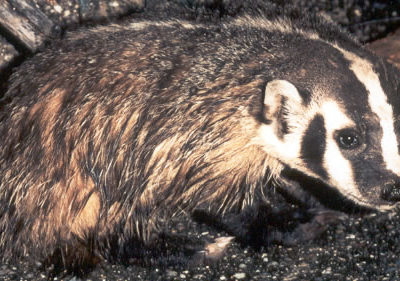
Badger
Can reach speeds of 30 km/h!

Barn Owl
Found everywhere around the world!

Bat
Detects prey using echolocation!
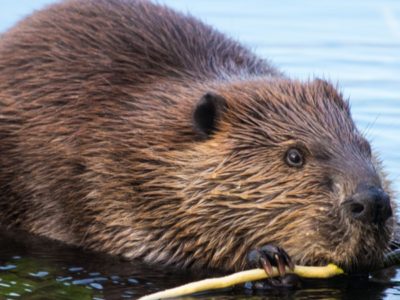
Beaver
Builds a dam from sticks and leaves!

Bed Bugs
Bed bugs feed for 4-12 minutes.

Bee
Rock paintings of bees date back 15,000 years

Beetle
There are more than 350,000 different species

Bird
Not all birds are able to fly!

Black Widow Spider
They typically prey on insects!

Bumblebee
The most common species of bee!

Butterfly
There are thought to be up 17,500 species!

Camel Cricket
The camel crickets that are found in the USA are light brown in color. They also have dark streaks all over their body.

Cat
May have been domesticated up to 10,000 years ago.

Caterpillar
The larvae of a moth or butterfly!

Catfish
There are nearly 3,000 different species!

Centipede
There are about 3,000 documented species!

Chamois
Natively found in the European mountains!

Chicken
First domesticated more than 10,000 years ago!

Cockroach
Dated to be around 300 million years old!

Common Buzzard
The most common raptor in the UK!
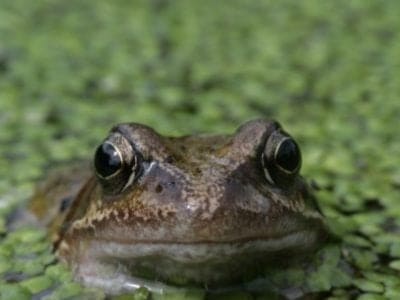
Common Frog
Found throughout the European continent!

Common House Spider
House spiders have the ability to eat most insects in a home.
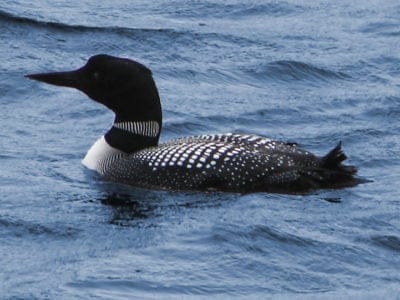
Common Loon
Also known as the Great Northern Diver

Common Toad
Most active in wet weather!

Cormorant
They can fly 35 mph and dive 150 feet below water.

Cow
There are nearly 1.5 billion worldwide!

Crab
There are 93 different crab groups

Crab Spider
Crab Spiders can mimic ants or bird droppings

Crane
Many are critically endangered species!

Cricket
Male crickets can produce sounds by rubbing their wings together

Deer
There are around 40 different species!

Dog
First domesticated in South-East Asia!

Donkey
First domesticated 5,000 years ago!

Dragonfly
It's larvae are carnivorous!

Duck
Rows of tiny plates line their teeth!

Dung Beetle
The dung beetle can push objects many times its own weight

Eagle
Has exceptional eyesight!

Earthworm
They are hermaphrodites, which means they have male and female organs

Earwig
There are nearly 2,000 different species!

Edible Frog
Are known to guard the muddy banks!

Eel
Eels can be a mere few inches long to 13 feet!
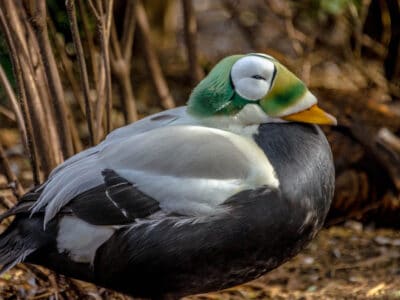
Eider
Eiders are sexually dimorphic, with males being larger and more colorful.
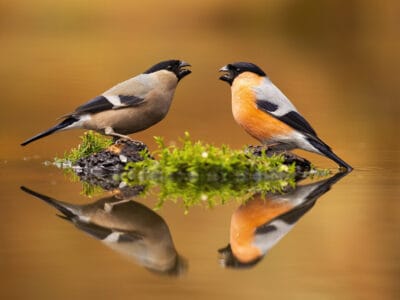
Eurasian Bullfinch
The shy eurasian bullfinch prefers to forage very close to cover.

Eurasian Eagle-owl
The Eurasian Eagle-owl is the second largest owl in the world with a wingspan up to six feet!

Falcon
The fastest creatures on the planet!
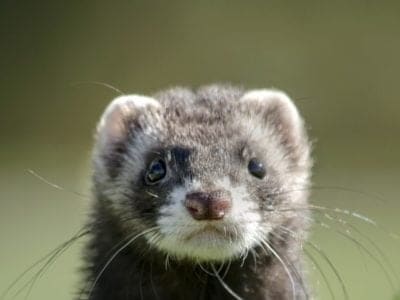
Ferret
Ferrets can be trained to do tricks like dogs!
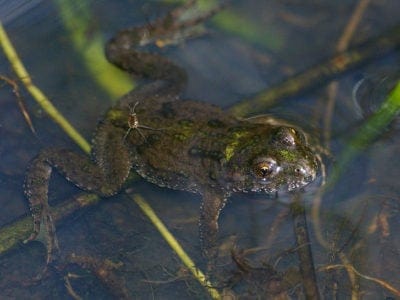
Fire-Bellied Toad
Found across mainland Europe and Asia!

Firefly
The firefly produces some of the most efficient light in the world

Flea
Adult fleas can jump up to 7 inches in the air

Fly
There are more than 240,000 different species!

Flying Squirrel
Can glide up to 90 meters!

Fox
Only 12 species are considered "true foxes"

Frog
There are around 7,000 different species!

Fruit Fly
Fruit flies are among the most common research animals in the world

Glass Lizard
Can grow up to 4ft long!

Glowworm
Found inhabiting dense woodland and caves!

Goat
Most closely related to the Sheep!

Golden Oriole
Migrates between Europe and Asia!

Goose
There are 29 different species!

Grasshopper
There are 11,000 known species!

Hamster
Able to run as quickly backwards as forwards!

Hare
Can reach speeds of over 50 mph!

Hawk Moth Caterpillar
Many hawk moth caterpillars eat toxins from plants, but don’t sequester them the way milkweed butterflies do. Most toxins are excreted.

Hedgehog
Thought to be one of the oldest mammals on Earth!

Heron
Inhabits wetlands around the world!

Highland Cattle
Natively found in the Scottish Highlands!

Honey Bee
There are only 8 recognized species!

Hoopoe
Stunning bird with a stinky way to deter predators!

Horse
Has evolved over 50 million years!

Horsefly
Horseflies have been seen performing Immelmann turns, much like fighter jets.

Housefly
The fly has no teeth

Human
Thought to have orignated 200,000 years ago!

Huntsman Spider
Some huntsman spiders have an interesting way of moving around. Some cartwheel while others do handsprings or backflips.

Insects
There are an estimated 30 million species!

Jumping Spider
Some can jump 50 times the length of their bodies
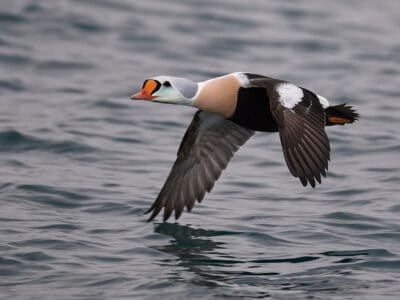
King Eider
The species name, spectabilis, is Latin for “showy” or “remarkable,” referencing the attractiveness of the adult male’s plumage.

Kingfisher
Inhabits wetlands and woodlands worldwide!

Ladybug
There are more than 5,000 species worldwide!

Lemming
Does not hibernate during the bitter Arctic winter!

Lizard
There are around 5,000 different species!

Long-Eared Owl
Ear tufts make it look bigger!
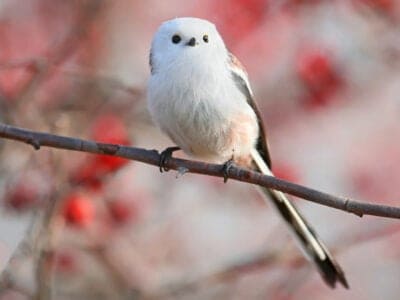
Long-Tailed Tit
Often hangs upside down while feeding!

Magpie
They are found across Europe, Asia and Africa!

Marsh Frog
Has bright green skin!

Mayfly
There are 2,500 known species worldwide!

Mealybug
They have a symbiotic relationship with ants.

Millipede
Some species have a poisonous bite!

Mole
Primarily hunts and feeds on Earthworms!

Mongrel
Has characteristics of two or more breeds!

Moorhen
Feeds on aquatic insects and water-spiders!

Moth
There are 250,000 different species!

Mouse
Found on every continent on Earth!

Mule
The offspring of a horse and donkey parents!

Neanderthal
Roamed Asia and Europe for around 100,000 years!

Nematode
Nematodes range in size from 1/10 of an inch to 28 feet long

Newt
Able to regrow lost or damaged limbs!

Nightingale
Named more than 1,000 years ago!

Old House Borer
Depending on the habitat and climate, these beetles can live between 2 to 10 years, often staying in their larval stage for several years, making them extremely dangerous to wooden structures.

Orb Weaver
Females are about four times the size of males

Otter
There are 13 different species worldwide

Owl
The owl can rotate its head some 270 degrees

Pheasant
Females lay between 8 and 12 eggs per clutch!

Pig
Thought to have been domesticated in 9,000 BC!

Pika
Found in mountainous regions and rocky areas

Pond Skater
There are 500 different species!
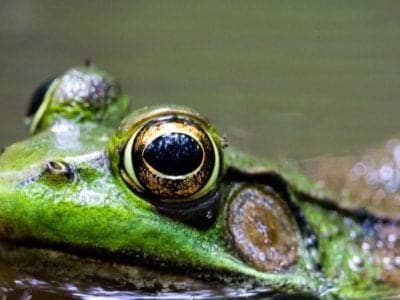
Pool Frog
The rarest amphibian in the UK!

Porcupine
There are 30 different species worldwide!

Purple Emperor Butterfly
Inhabits deciduous forests!
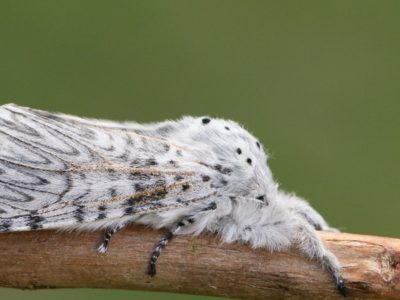
Puss Moth
Caterpillars squirt formic acid!

Quail
Inhabits woodland and forest areas worldwide!

Rabbit
There are more than 300 different species!
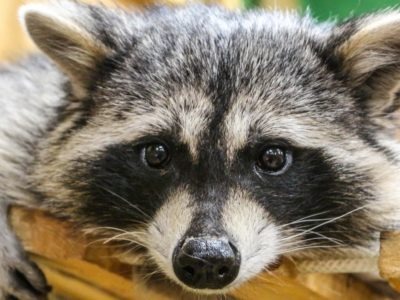
Raccoon
Known to wash their food before eating it!
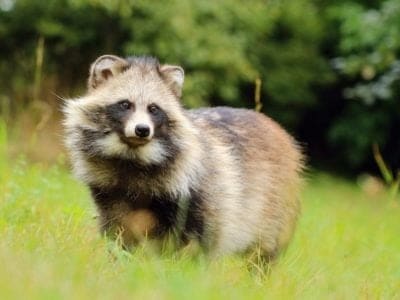
Raccoon Dog
The only hibernating canine!

Rat
Omnivores that eat anything!

Red Deer
A male red deer shows his age in his antlers, which become longer and more branched every year.
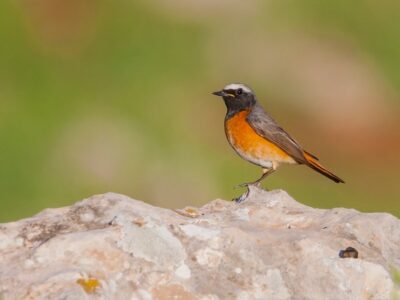
Redstart
They build their nests off the ground in tree holes, cavities, stone walls, and roofs

River Turtle
Inhabits freshwater habitats around the world!

Robin
There are more than 45 species in Australia alone!

Rodents
The capybara, the world’s largest rodent, likes to be in and around bodies of water. Because of this, the Catholic Church in South America decided that it was a fish, and people were allowed to eat it during Lent and First Fridays.

Rooster
Will mate with the entire flock!

Salamander
There are more than 700 different species!
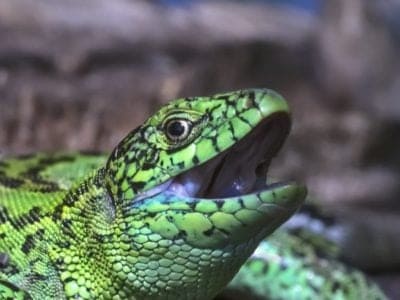
Sand Lizard
Males turn green in spring!

Scorpion
There are around 2,000 known species!
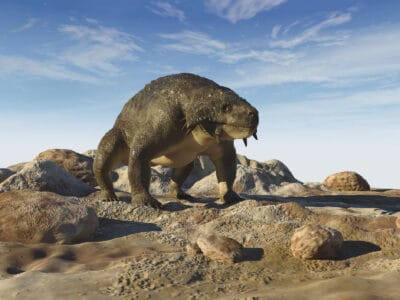
Scutosaurus
Unlike most reptiles, Scutosaurus' legs were positioned underneath its body to support its great weigh

Sea Eagle
The sea eagle tends to mate for life with a single partner

Seahorse
Males give birth to up to 1,000 offspring!

Sheep
Around 35 million in the English countryside!

Shrimp
There are 2,000 different species worldwide!

Slow Worm
Found widely throughout British gardens!

Smokybrown Cockroach
Has up to 45 eggs per egg case

Snail
There are nearly 1,000 different species!

Snake
There are around 4,000 known species worldwide

Snowy Owl
One of the largest owl species in the world!
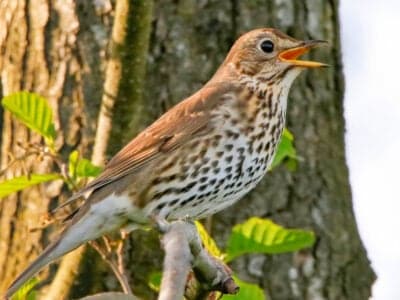
Song Thrush
A male song thrush can have over 100 phrases in his repertoire of songs and can imitate pet birds, telephones and other man-made objects.

Spadefoot Toad
They spend most of their time underground!

Sparrow
There are 140 different species!

Squirrel
Small rodents found in woodlands worldwide!

Stick Insect
There are more than 3,000 different species!

Stoat
Average adults weigh about 200 grams!

Swan
Populations have been affected by pollution!
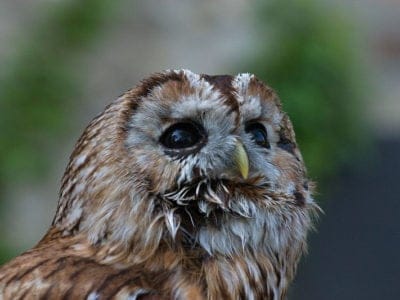
Tawny Owl
The most widespread owl in Europe!

Termite
Their mounds can be up to 9 meters tall!

Tiger Beetle
The adult tiger beetle is one of the fastest land insects in the world
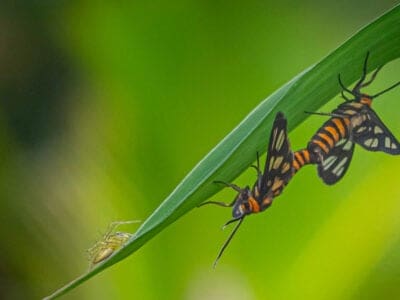
Tiger Moth
The bright colors of this moth are a signal to predators that it has a terrible taste.

Tree Frog
Found in warmer jungles and forests!

Turtles
Some species of aquatic turtles can get up to 70 percent of their oxygen through their butt.

Ural owl
The Ural owl can rotate its head up to 270 degrees

Viper
Vipers are one of the most widespread groups of snakes and inhabit most

Vulture
There are 30 different species worldwide!

Wasp
There are around 75,000 recognised species!

Water Buffalo
Has been domesticated for thousands of years!
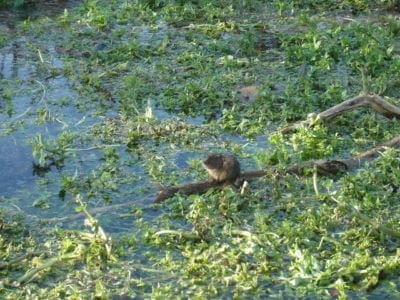
Water Vole
The largest Vole species in the UK!

Weasel
The smallest carnivorous mammal in the world!
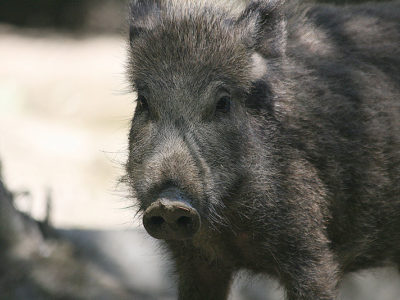
Wild Boar
Males have a top tusk to sharpen the bottom one!

Wolf
Thought to date back more than 300,000 years!

Wolf Spider
Carnivorous arachnid that hunts its prey.
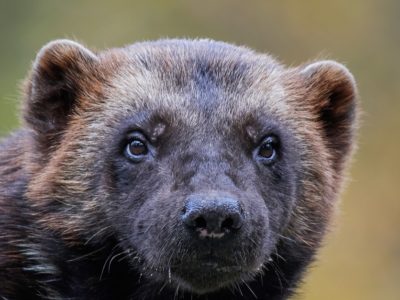
Wolverine
Releases a strong smelling musk in defence!

Woodlouse
This animal can roll up into a ball

Woodpecker
There are 200 different species!

Yellowhammer
It interbreeds with the pine bunting
Kaliningrad Animals List
- Admiral Butterfly
- Ant
- Armyworm
- Aurochs
- Avocet
- Badger
- Barn Owl
- Bat
- Beaver
- Bed Bugs
- Bee
- Beetle
- Bird
- Black Widow Spider
- Bumblebee
- Butterfly
- Camel Cricket
- Cat
- Caterpillar
- Catfish
- Centipede
- Chamois
- Chicken
- Cockroach
- Common Buzzard
- Common Frog
- Common House Spider
- Common Loon
- Common Toad
- Cormorant
- Cow
- Crab
- Crab Spider
- Crane
- Cricket
- Cuckoo
- Deer
- Dog
- Donkey
- Dormouse
- Dragonfly
- Duck
- Dung Beetle
- Eagle
- Earthworm
- Earwig
- Edible Frog
- Eel
- Eider
- Eurasian Bullfinch
- Eurasian Eagle-owl
- Falcon
- Ferret
- Field Cuckoo Bumblebee
- Fire-Bellied Toad
- Firefly
- Flea
- Fly
- Flying Squirrel
- Fox
- Frog
- Fruit Fly
- Glass Lizard
- Glowworm
- Goat
- Golden Oriole
- Goose
- Grasshopper
- Hamster
- Hare
- Hawk Moth Caterpillar
- Hedgehog
- Heron
- Highland Cattle
- Honey Bee
- Hoopoe
- Horse
- Horsefly
- Housefly
- Human
- Huntsman Spider
- Insects
- Jumping Spider
- King Eider
- Kingfisher
- Ladybug
- Lemming
- Lizard
- Long-Eared Owl
- Long-Tailed Tit
- Magpie
- Marsh Frog
- Mayfly
- Mealybug
- Millipede
- Mole
- Mongrel
- Moorhen
- Moth
- Mouse
- Mule
- Neanderthal
- Nematode
- Newt
- Nightingale
- Old House Borer
- Orb Weaver
- Otter
- Owl
- Pantaloon Bee
- Pheasant
- Pig
- Pika
- Pike Fish
- Pond Skater
- Pool Frog
- Porcupine
- Purple Emperor Butterfly
- Puss Moth
- Quail
- Rabbit
- Raccoon
- Raccoon Dog
- Rat
- Red Deer
- Redstart
- River Turtle
- Robin
- Rodents
- Rooster
- Salamander
- Sand Lizard
- Scorpion
- Scutosaurus
- Sea Eagle
- Seahorse
- Sheep
- Shrimp
- Slow Worm
- Smokybrown Cockroach
- Snail
- Snake
- Snowy Owl
- Song Thrush
- Spadefoot Toad
- Sparrow
- Squirrel
- Stick Insect
- Stoat
- Swallowtail Butterfly
- Swan
- Tawny Owl
- Termite
- Tiger Beetle
- Tiger Moth
- Tree Frog
- Turtles
- Ural owl
- Viper
- Vulture
- Wasp
- Water Buffalo
- Water Vole
- Weasel
- Wild Boar
- Wolf
- Wolf Spider
- Wolverine
- Woodlouse
- Woodpecker
- Yellowhammer
Animals in Russia (Kaliningrad Oblast) FAQs (Frequently Asked Questions)
What is the most famous animal of the Kaliningrad Oblast?
The one most commonly known to the world is the majestic White Stork.
Are there any famous but extinct species of animals in the Kaliningrad Oblast?
Kaliningrad’s most famous extinct creatures come from a variety of sources but are mostly insects. In this particular case, they are prehistoric insects that became entrapped in tree sap. Today, we know them as Amber, which is found in the area and often washed up on the shoreline after storms. Amber is mostly used in the manufacture of jewelry, but the most highly prized specimens are those which are not just common amber but have ancient life trapped within.





